A bunch of quick-fire tips & tricks of the Singaporean life
1. The tap water is safe to drink.
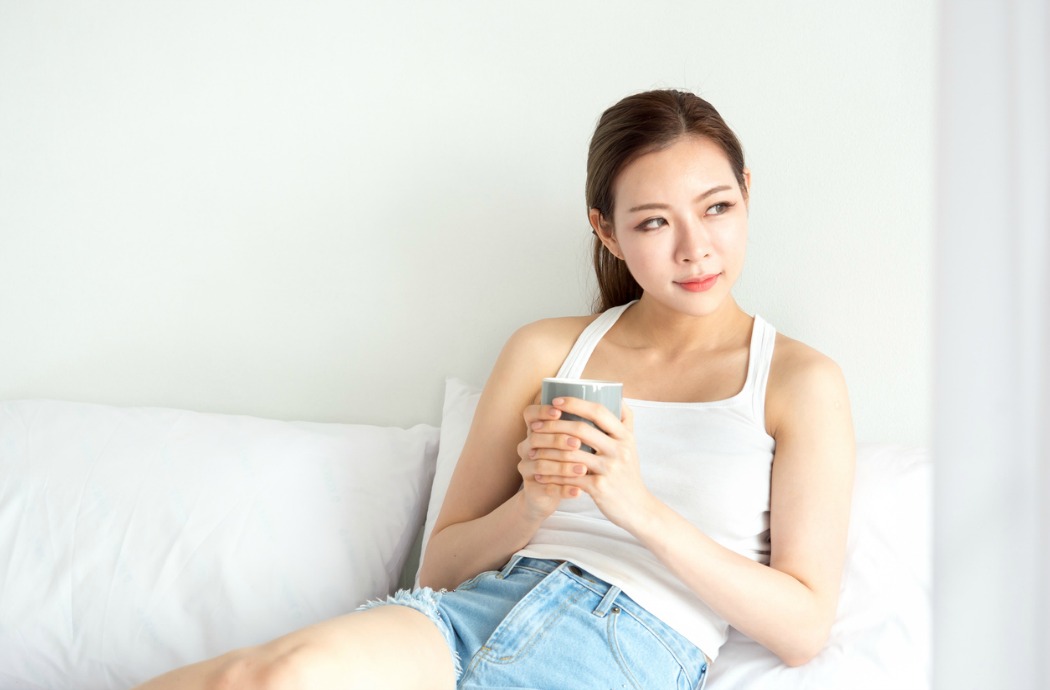
Yes, right from the taps of your serviced apartments. Singapore’s tap water comes from four sources – the water from the local catchment, imported water (bought mainly from Malaysia), NEWater and Desalinated Water. The tap water is well within the international standards set by the World Health Organisation.
2. They're called Auntie and Uncles… but they're are not your relatives.
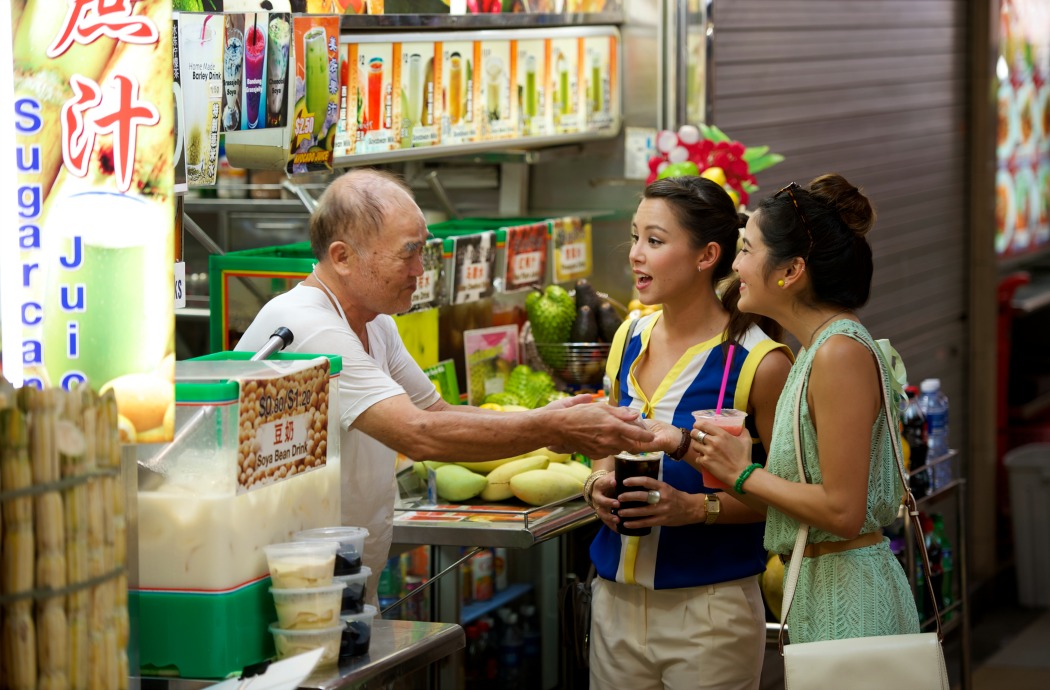
Elderly you see around are affectionately referred to as Aunties or Uncles, even if they’re not related to you. Be careful with this around the younger people you interact with, as they can get offended if they’re referred to as this.
3. We stand on the left side of the escalator & drive on the left side of the road.
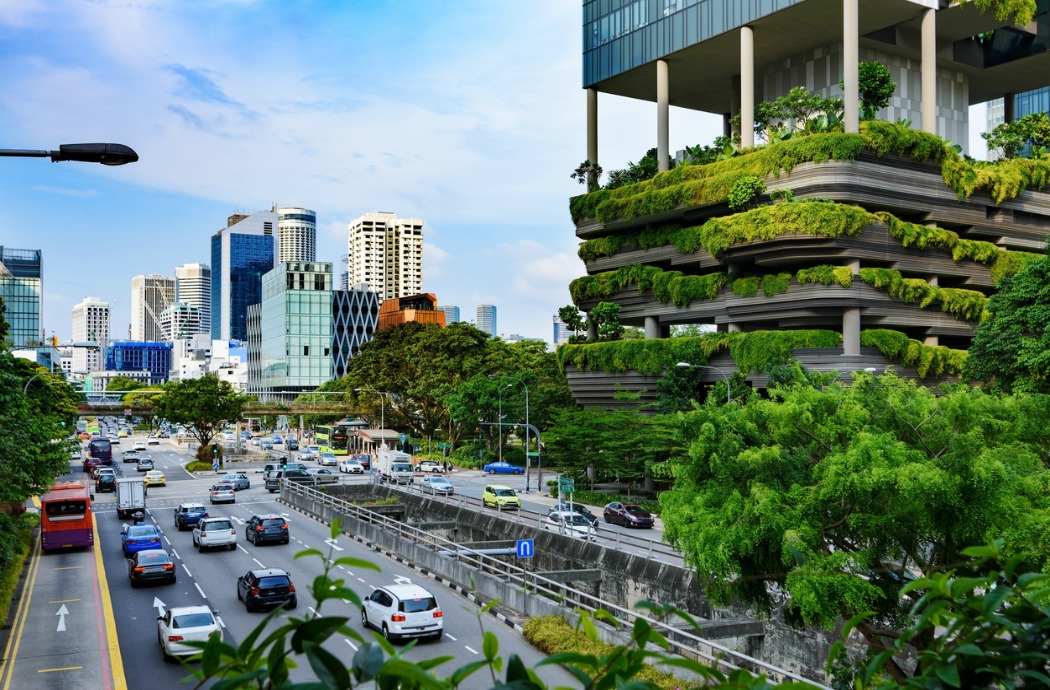
These are pretty self-explanatory.
4. Chewing gum is illegal, of sorts.
In 2004, the import of chewing gum became illegal in Singapore, due to some vandals sticking gum onto the door sensors of MRTs. It’s allowed for therapeutic purposes, such as dental or nicotine gums.
5. Spitting is illegal in Singapore.
No one likes a spitter, but in Singapore, a fine up to $1,000 can be imposed even for first-timers.
6. So in fact, is littering.
A fine of $300 can be imposed on a first-time offender. Lucky for us, there’re plenty of bins around Singapore.
7. Drinking in public is surprisingly, legal.
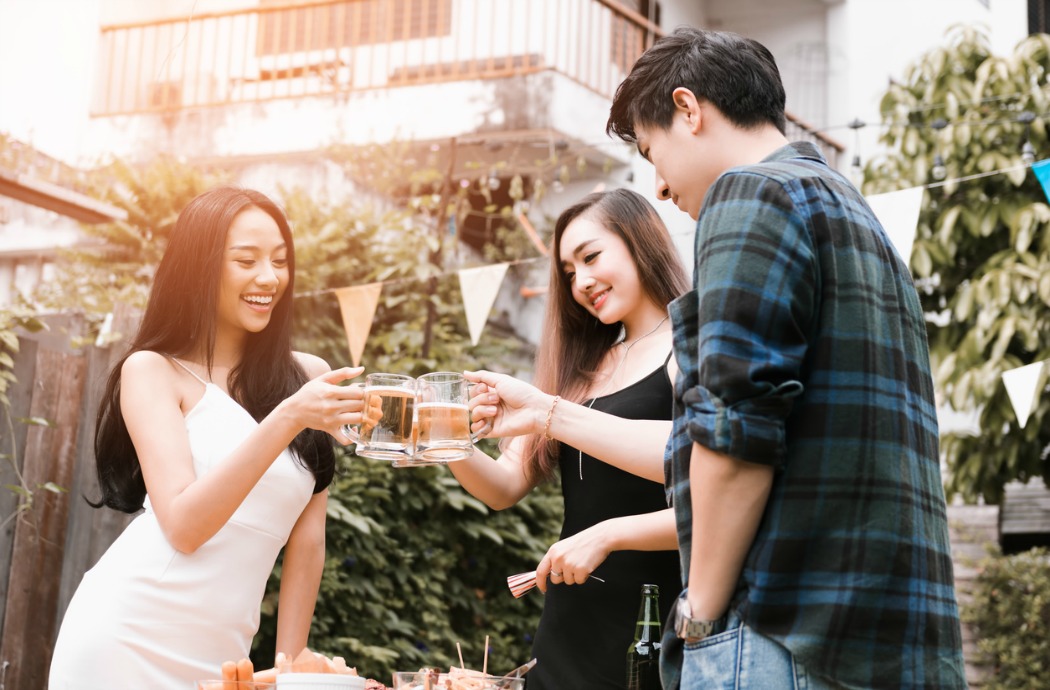
Drinking is legal in Singapore, however, consumption of alcohol in a public space or non-licensed premise is restricted from 10.30pm to 7am.
A permit will be required to consume alcohol during restricted hours in public places. Sales are prohibited from stores such as FairPrice, Giant, Sheng Siong, Cold Storage and 7-Eleven from 10.30pm to 7am. Patrons of bars & clubs with appropriate licences are, of course, allowed to buy and consume alcohol during the restricted hours.
You can’t even carry alcohol on SMRT Trains and SBS Transit services during the restricted hours.
8. Chope & the local language.
Chope means to place a tissue packet or other small articles on restaurant tables to reserve them. In Singapore, a colloquial version of English is spoken called Singlish. Here’s a handy vocabulary list to get you started with the local lingo.
9. Speaking of languages, there are FOUR official languages.
The four official languages of Singapore are: English, Mandarin, Malay and Tamil. Singapore also has what it calls an official symbolic language, Malay. It pays homage to its roots and the natives from Singapore.
10. Hawker centres have hygiene ratings.
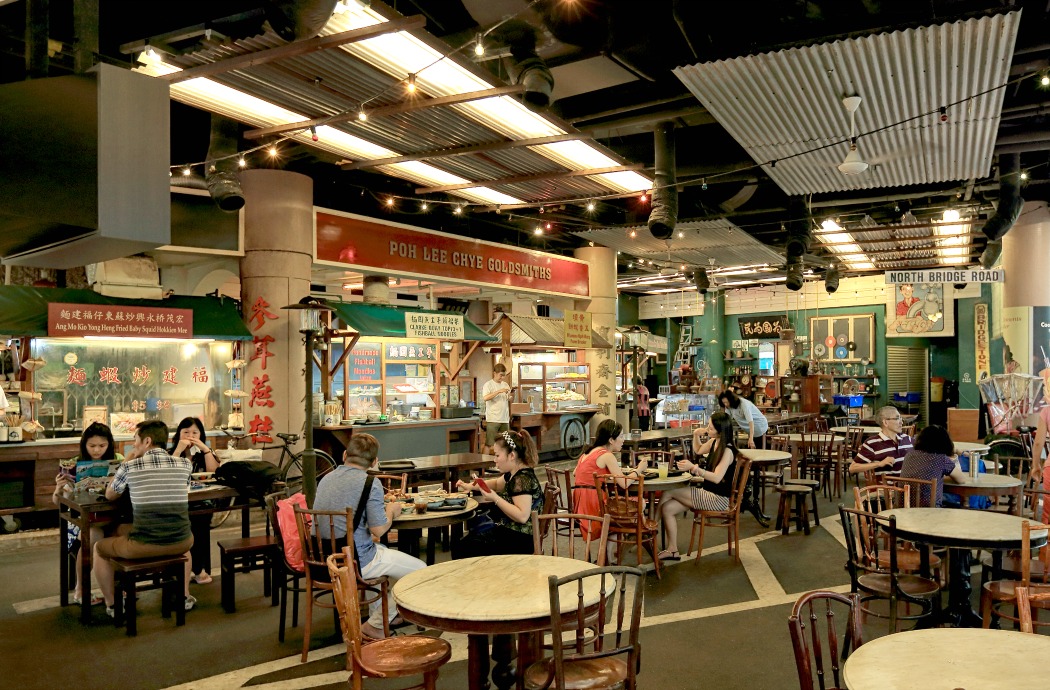
You’ll notice that most food store vendors have a giant alphabet stuck to the walls of their stall. It’s a hygiene rating mandated by the government. To play it safe, you’ll be fine with any stall that boasts a B or higher.
11. Kopi, not coffee.

Rik Panganiban, Flickr
The local cup of joe is called a Kopi, and if you’re a tea person, its called teh. Here a bunch of unique combinations you can order them in.
12. Bread ice cream carts. Yes, you read that right.

Look around and you’ll find Uncles (point 2) selling ice cream in carts in Singapore. The ice cream can be served normally in a cone or a cup, but you can be adventurous and do it like a local – folded in a colourful piece of bread. Alternatively, you can choose to have your slab of ice cream sandwiched between two pieces of wafer, for the added crunch. Did we mention? The ice cream goes really cheap – about $1-3 dollars a pop.
13. Funerals and weddings… All under one roof.

In Singapore, the void decks of the housing (HDBs) do more than just host pillars for the building to stand up straight. They also occasionally host weddings and funerals.




